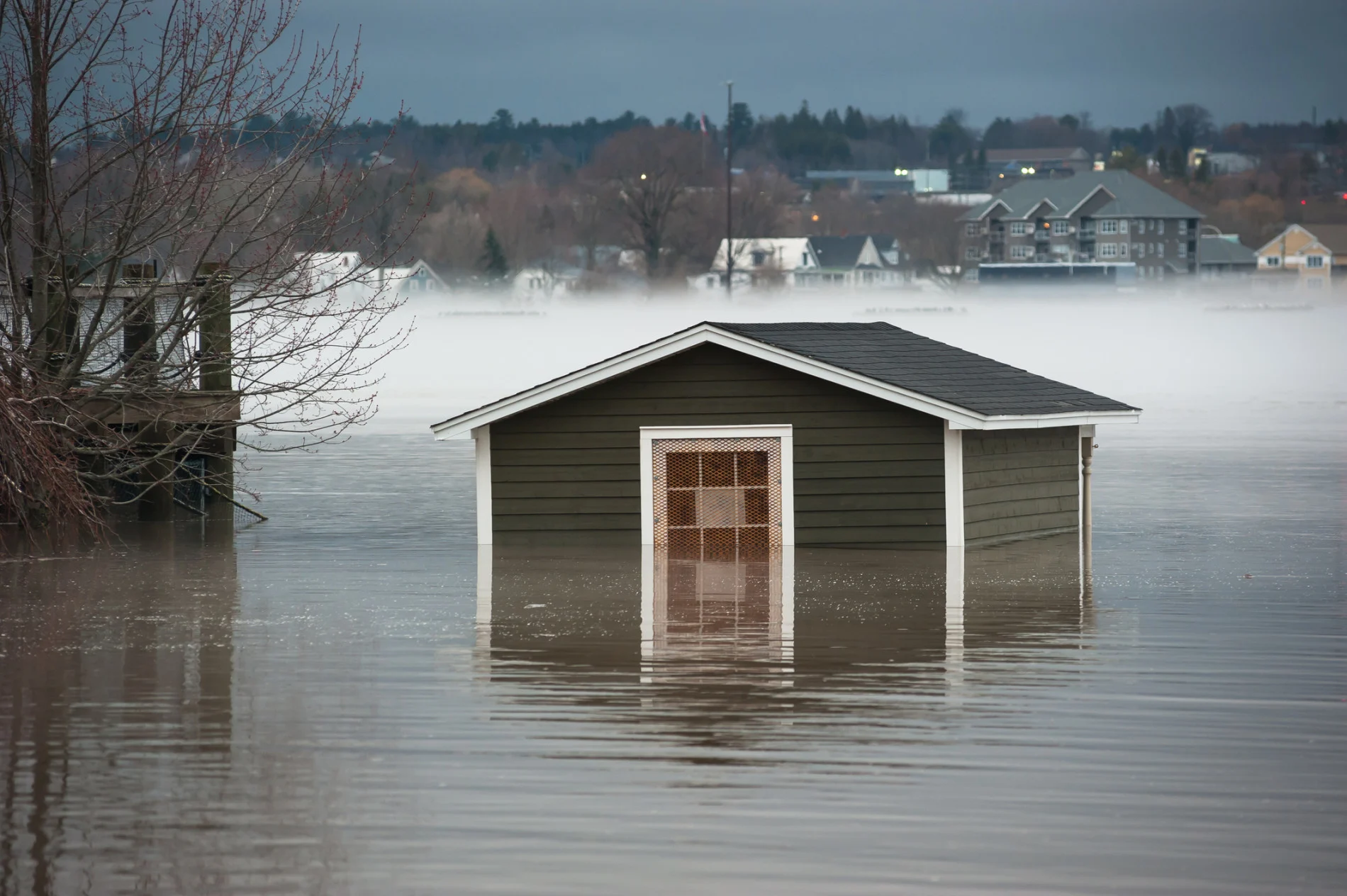
'Code red for humanity' IPCC report says about state of the climate
Every region on Earth is feeling the effects of climate change, but scientists say that some hope remains.
Water is wet, the sky is blue, and the greenhouse gas emissions we release are roasting our planet.
Every six to seven years, the Intergovernmental Panel on Climate Change (IPCC) releases an assessment report that provides a comprehensive evaluation of current climate change science, including the known causes, potential impacts, and adaptation and mitigation strategies.
This year, the IPCC released its first of a three-part 6th Assessment Report (AR6) on August 9th and it is considered to be the most significant update of the current state of climate since the last assessment report in 2014.
The update is abundantly clear: “Today’s IPCC Working Group 1 Report is code red for humanity. The alarm bells are deafening, and the evidence is irrefutable: greenhouse gas emissions from fossil fuel burning and deforestation are choking our planet and putting billions of people at immediate risk. Global heating is affecting every region on Earth, with many of the changes becoming irreversible,” stated Antonio Guterres, Secretary General, United Nations.

Flooded shed in downtown Fredericton, New Brunswick, Canada in 2019. (by Marc Guitard. Moment. Getty Images)
Report authors reviewed thousands of academic studies, input from governments and industries, as well as other evidence to determine the confidence of many statements.
With even more precision than in the past, the IPCC states, “Recent changes in the climate are widespread, rapid, and intensifying.” They also conclude that “many weather and climate extremes such as heat waves, heavy rainfall, droughts, and tropical cyclones have become more frequent and severe.”
Despite the harrowing news, scientists say that since we know what is causing the crisis, we know what we have to do to fix it.
That optimism started with the Paris Agreement — the need to prevent global warming from exceeding 1.5°C above pre-industrial levels — and will be revisited in the upcoming United Nations Conference of the Parties, the latest conference (COP26), to be held in Glasgow from November 1st–12th, where these climate commitments will be reassessed.
Eddy Perez, an International Climate Diplomacy Manager, states the stakes in play quite plainly: “This report confirms that limiting global warming to 1.5°C is simply not negotiable. It is the only choice for a safe and healthy future, and it’s still possible. We need to fight to restore our broken relationship with nature and with ourselves; we need to fight back against any delays to urgent climate action. There is no substitute for phasing out fossil fuels and cutting emissions in half this decade.”
Some of the recommendations that the report provides is immediately lowering greenhouse gas emissions, increased efforts to reach net zero energy systems on national scales, and removing carbon dioxide from the atmosphere, such as expanding forests, wetland restoration, and bioenergies with technologies that directly capture carbon from the air.
See below for other key findings from the IPCC’s report:
In 2019, concentrations of carbon dioxide in the atmosphere were higher than at any time in at least two million years
Global surface temperature was 1.09°C higher in 2011– 2020 than 1850–1900, with a larger increase over land (1.59°C) than the oceans (0.88°C)
It is virtually certain (99-100 per cent probability) that hot extremes (such as heat waves) have become more frequent and intense across most land regions since the 1950s
Global temperatures will continue to rise until at least 2050, even if greenhouse gas emissions were to stop today
Global mean sea level has risen by 20 cm between 1901–2018
Human influence is very likely (90-100 per cent probability) the main driver of the global retreat of glaciers since the 1990s
In 2011–2020, annual average Arctic sea ice area reached its lowest level since at least 1850
In the past 40 years, it is likely (66-100 per cent probability) that the global proportion of major (Category 3–5) tropical cyclone occurrence has increased
Thumbnail credit: Paralaxis. iStock / Getty Images Plus







